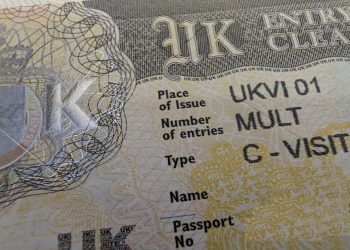Canada has a structured process for individuals deemed inadmissible to the country. People in this category are usually issued a departure order, exclusion order, or deportation order by Immigration, Refugees and Citizenship Canada (IRCC) and/or the Canada Border Services Agency (CBSA).
While these removal orders may appear to mark the end of an individual’s journey in Canada, the Canadian government offers a glimmer of hope in the form of an Authorization to Return to Canada (ARC). This document provides the recipient of a removal order with the chance to return to Canada in the future.
To fully grasp ARCs, it’s important to have an understanding of Canada’s three types of removal orders, each with increasing severity.
Departure orders require the recipient to leave Canada within 30 days of the order taking effect. Failure to comply may result in the order evolving into a deportation order.
Exclusion orders limit the individual’s re-entry into Canada for up to five years and may require payment to the CBSA if the individual’s removal was at the expense of the agency.
Deportation orders permanently bar the recipient from returning to Canada without applying for an ARC. A processing fee of $400 CAD is required for ARC applications, and they are typically reviewed alongside another application.
However, there is no guarantee that an ARC will be granted, as the decision ultimately rests with the Canadian government and depends on the individual’s specific circumstances.
Still have some travel questions? Ask in our Travel WhatsApp Group.








